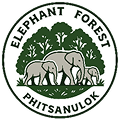
But our commitment goes deeper than just preserving trees. Here’s how.

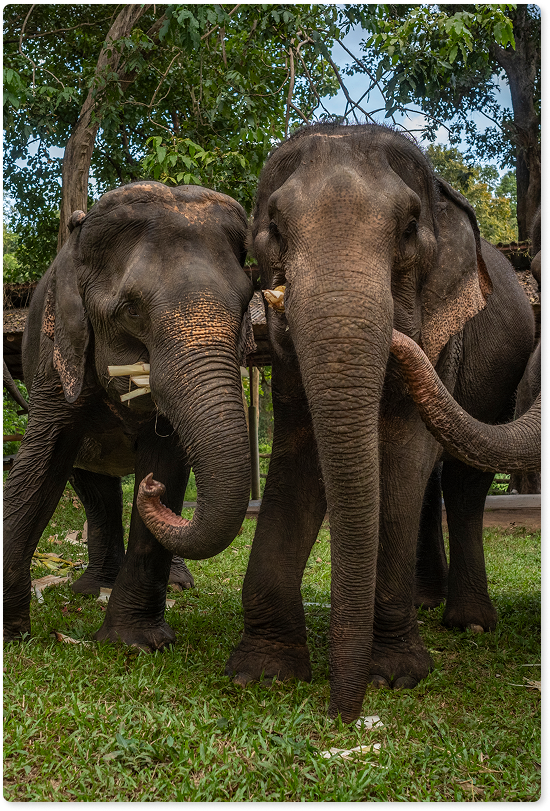

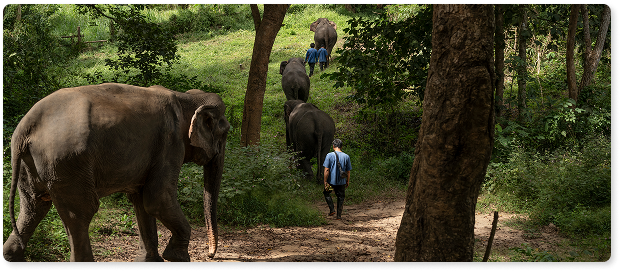
Visit
Join our elephant-friendly programs and experience respectful, education-based tourism. You can also enjoy local experiences with us—such as white water rafting or community tours. These not only enrich your trip, but also support the people who call this place home.
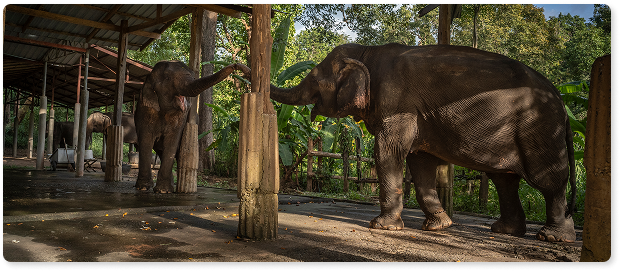
Shop

Spread the Word
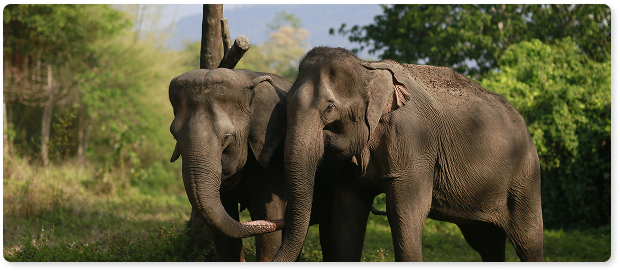
Support Us
Contact us if you'd like a receipt or more information. Thank you for being part of this journey. Together, we’re building more than a sanctuary—we’re shaping a future.
